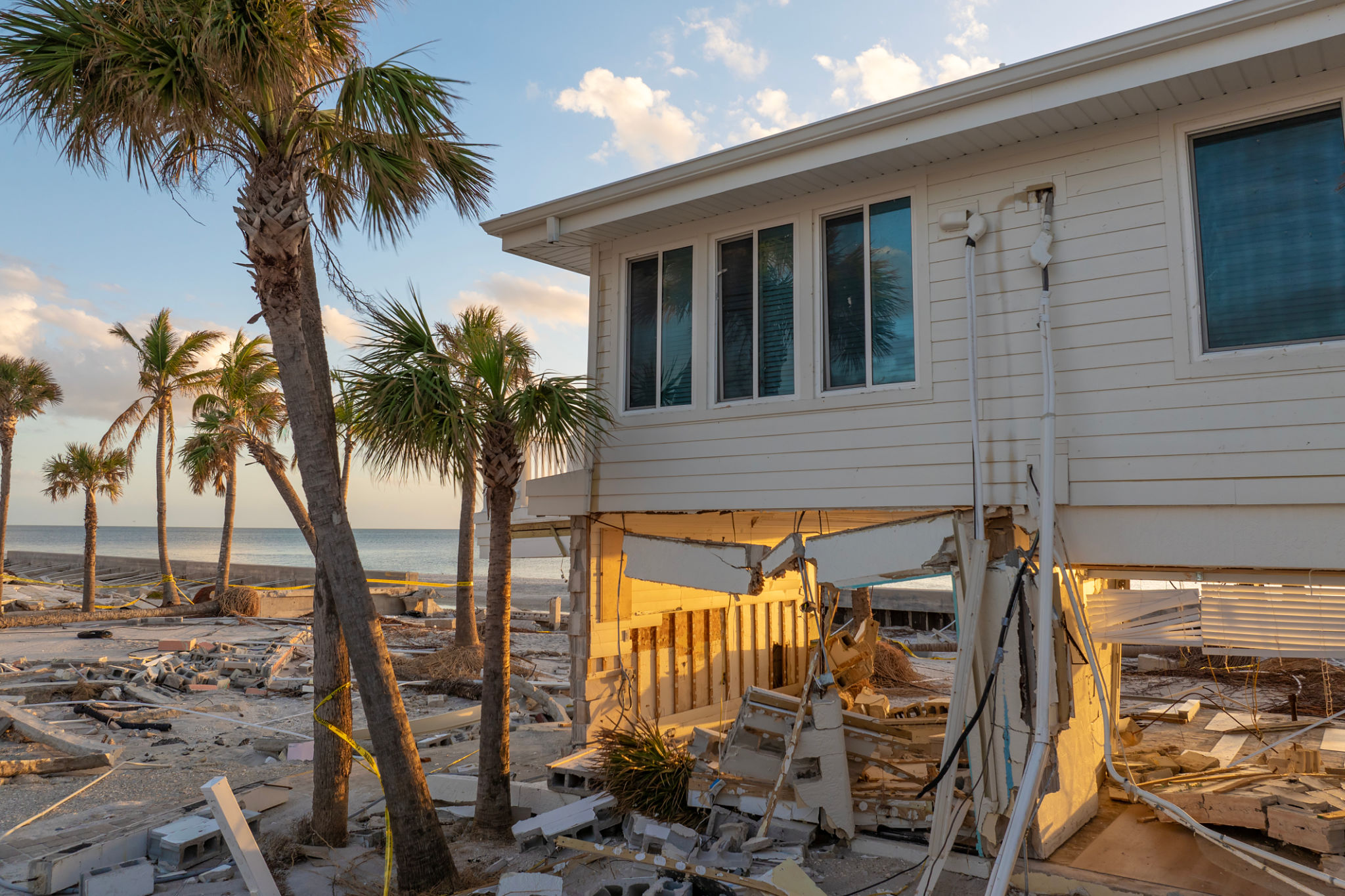A Step-by-Step Guide to Insurance Claim Assistance for Storm Damage
Understanding Your Insurance Policy
Before filing an insurance claim for storm damage, it is crucial to understand the specifics of your insurance policy. Familiarize yourself with the coverage details, including deductibles and the types of storm damage that are covered. This will help set realistic expectations and streamline the claim process. Reviewing your policy can also identify any gaps in coverage that may need addressing.
Knowing what is covered can save you time and stress during an already challenging situation. It's important to note that some policies might cover wind damage but exclude flooding, so read the fine print carefully.

Documenting Storm Damage
The next step after a storm is to thoroughly document any damage. Begin by taking photographs and videos of all affected areas. This visual evidence will be invaluable when filing your claim. Be sure to capture wide shots of entire rooms as well as close-ups of specific damage.
In addition to visual documentation, maintain a written inventory of damaged items, including descriptions, purchase dates, and estimated values. This detailed record will assist in substantiating your claim and may expedite the process.

Temporary Repairs and Safety Measures
After documenting the damage, take immediate steps to prevent further issues. This might include placing tarps over roof holes or boarding up broken windows. Always prioritize safety and avoid any repairs that could put you at risk. Keep receipts for any expenses incurred for these temporary measures, as they may be reimbursable under your policy.
Contacting Your Insurance Provider
Once you have documented the damage and taken necessary safety measures, contact your insurance provider as soon as possible to report the damage. Most insurance companies have a dedicated hotline for claims, and many offer online portals for submitting initial reports.
Provide your insurer with all relevant information and follow their instructions carefully. They may schedule an inspection by an adjuster to assess the damage in person, so be prepared to facilitate this process.

Working with Insurance Adjusters
An insurance adjuster will evaluate the storm damage to determine the payout amount. During their visit, walk them through all damaged areas and provide any documentation you've gathered. Be open and honest in your communication to ensure an accurate assessment.
If you disagree with their evaluation, you may request a re-assessment or consider hiring a public adjuster for a second opinion. Always keep copies of all communications and reports for your records.
Receiving Your Insurance Settlement
After the adjuster's assessment, your insurance company will process your claim and issue a settlement offer. Review this offer carefully and ensure it aligns with your coverage and documented losses. If satisfied, accept the offer and proceed with repairs or replacements using the funds provided.
If the settlement does not meet your expectations, discuss it with your insurer and provide any additional evidence or documentation to support your claim for a fairer settlement.

Completing Repairs and Final Steps
Once you have received your settlement, begin making necessary repairs. Hiring reputable contractors is essential to ensure quality work. Keep all invoices and receipts related to repairs as part of your claim file.
Finally, review your insurance policy post-repair to see if any updates or additional coverage are necessary to protect against future storm damage. Staying proactive can help prevent complications in future claims.
